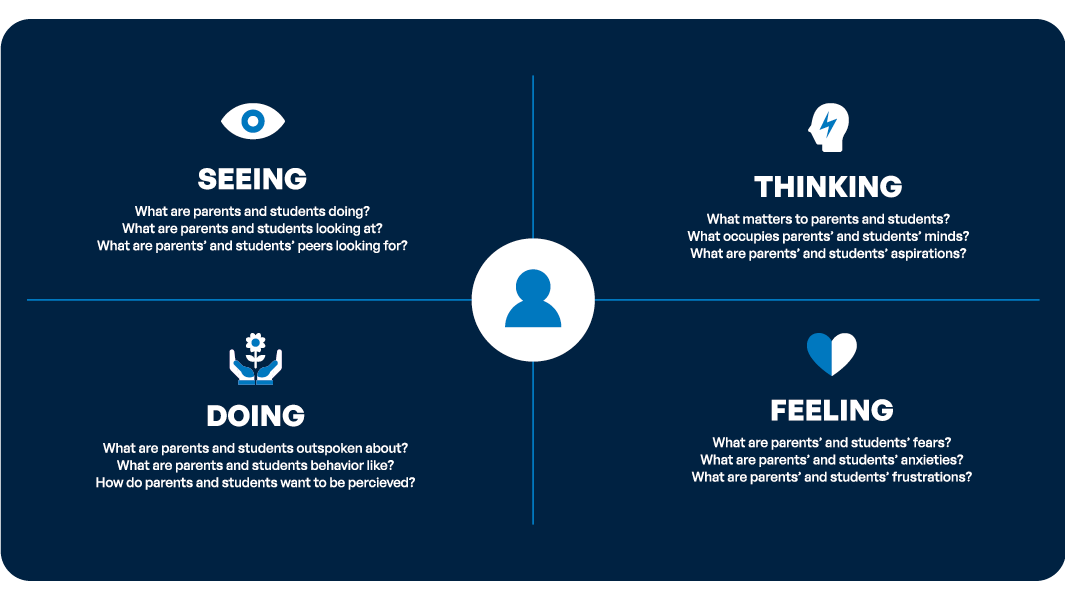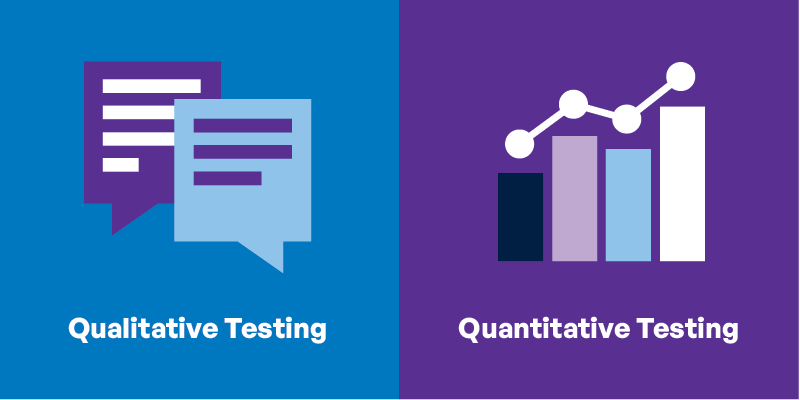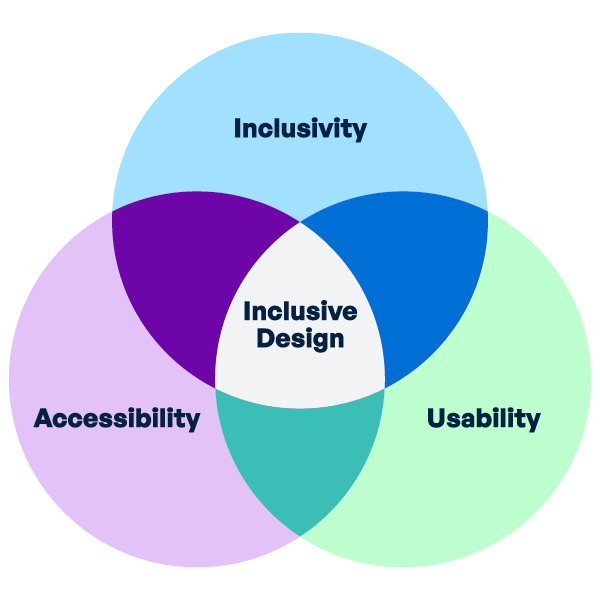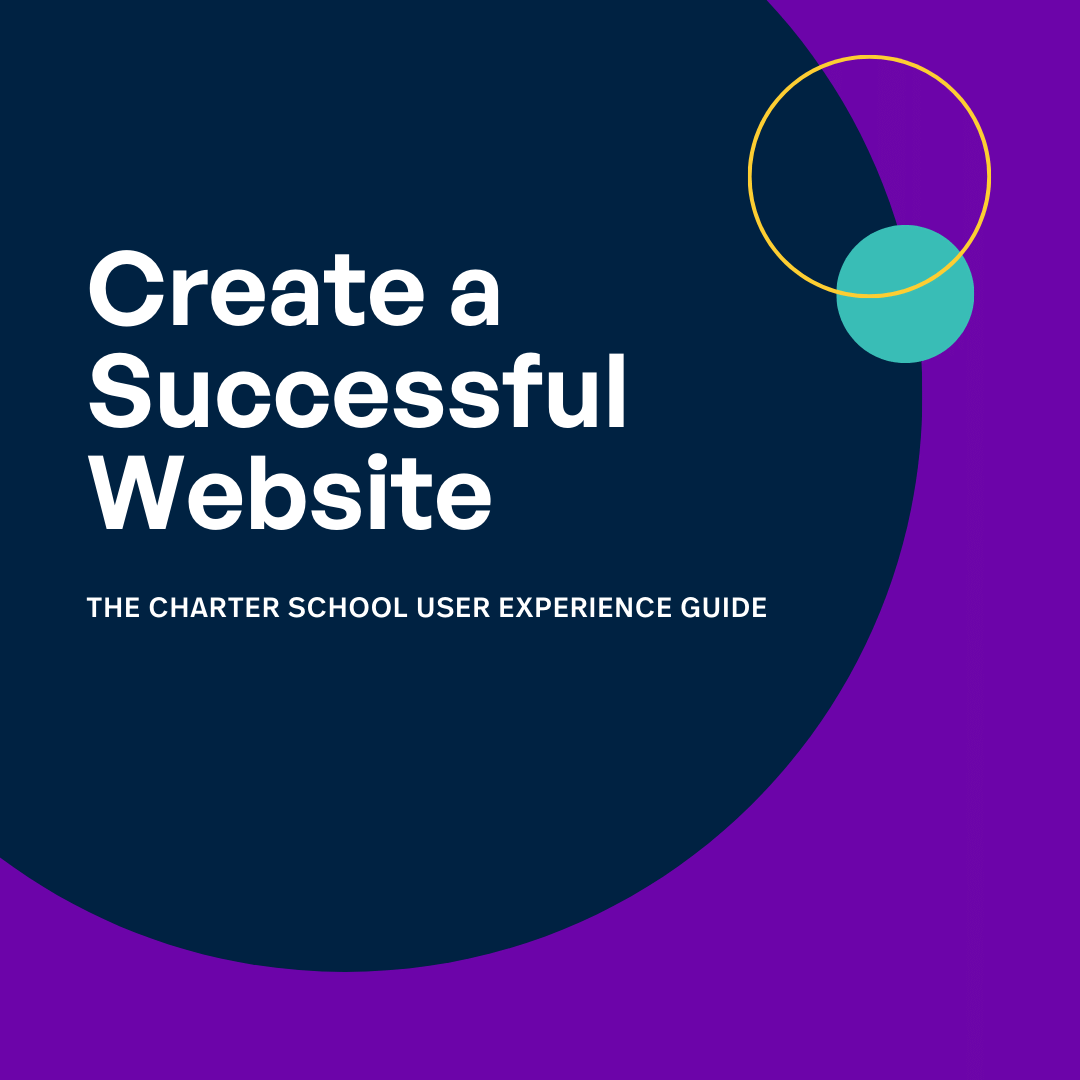Are you renovating or expanding your school facility? Whether you’re looking to add a gymnasium, basketball court, library, science laboratory, or need additional classrooms to accommodate growing enrollment, the construction process presents an opportunity to further your school’s mission and enrich the educational experience for your students.
Here’s how to set your project up for success from the get-go.
1. Establish Clear Goals by Setting the Budget and Target Delivery Date
At the heart of every successful construction project lies a clear set of goals, including a well-defined budget and a target timeline for delivery of the new space. By setting realistic expectations and working towards them collaboratively, project stakeholders can align their efforts and minimize the risk of costly delays or overruns.

2. Build a Strong Team
Assembling a strong and cohesive project team is key. The architect plays a pivotal role in leading the design process and orchestrating the efforts of other key stakeholders, such as engineers, consultants, and contractors. Additionally, having an experienced owner’s representative onboard can provide valuable guidance and oversight throughout the project. Selecting the most qualified and experienced architect and contractor for your project is crucial for success.
3. Conduct a Competitive Bidding Process
Don’t go with the first bid you receive! Project owners can make informed decisions and secure the best possible partners for their endeavors by conducting a Request for Proposal (RFP) process for the architect, owner’s representative, and contractor. It’s best practice to have at least 3 to 4 firms to compare against.

4. Navigate the Entitlements and Permitting Process
Be proactive in identifying and addressing regulatory requirements early in the process. From zoning approvals to building permits, thorough due diligence is key to staying on track and within budget. You’ll avoid the potential of costly setbacks. Seek guidance from an experienced architect, land use attorney, owner’s representative, or permit expeditor to help your team identify all the potential entitlements and permits you’ll need to secure before you can start construction on your project.
Embarking on a construction project to enhance your school’s facilities is more than just a physical endeavor – it’s about creating spaces that align with your institution’s mission and support its educational goals. With the right approach and adherence to best practices, a school building can become a powerful tool in advancing the mission and vision of your school.
About the Author

Featured Article
Webinar Recap: 5 Key Aspects of Managing Your School Building
Delve into the essential aspects of school building management in this webinar, 5 Key Aspects of Managing Your School Building. The panel of experts covered a spectrum of topics crucial for school leaders managing their buildings, including best practices and considerations for building improvement, renovation, and management. You can watch the webinar on-demand anytime here. […]
Featured Video
Tuesday Tips: Construction Projects and Negotiating Your Lease
In Tuesday Tips episode 34, Michael Soh and Mary Dillon joined us to discuss construction projects and lease negotiations. Hear tips from Michael Soh and Mary Dillon on how to manage your building, including how to:
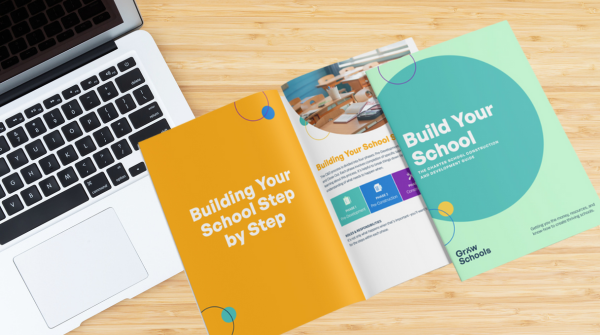
Free Download
Build Your School
In this guide, you’ll find information on what to plan for in each phase of your construction project. Gain insight into the roles and responsibilities in each phase and how you can get expert guidance with a partnership.
Get the Guide


